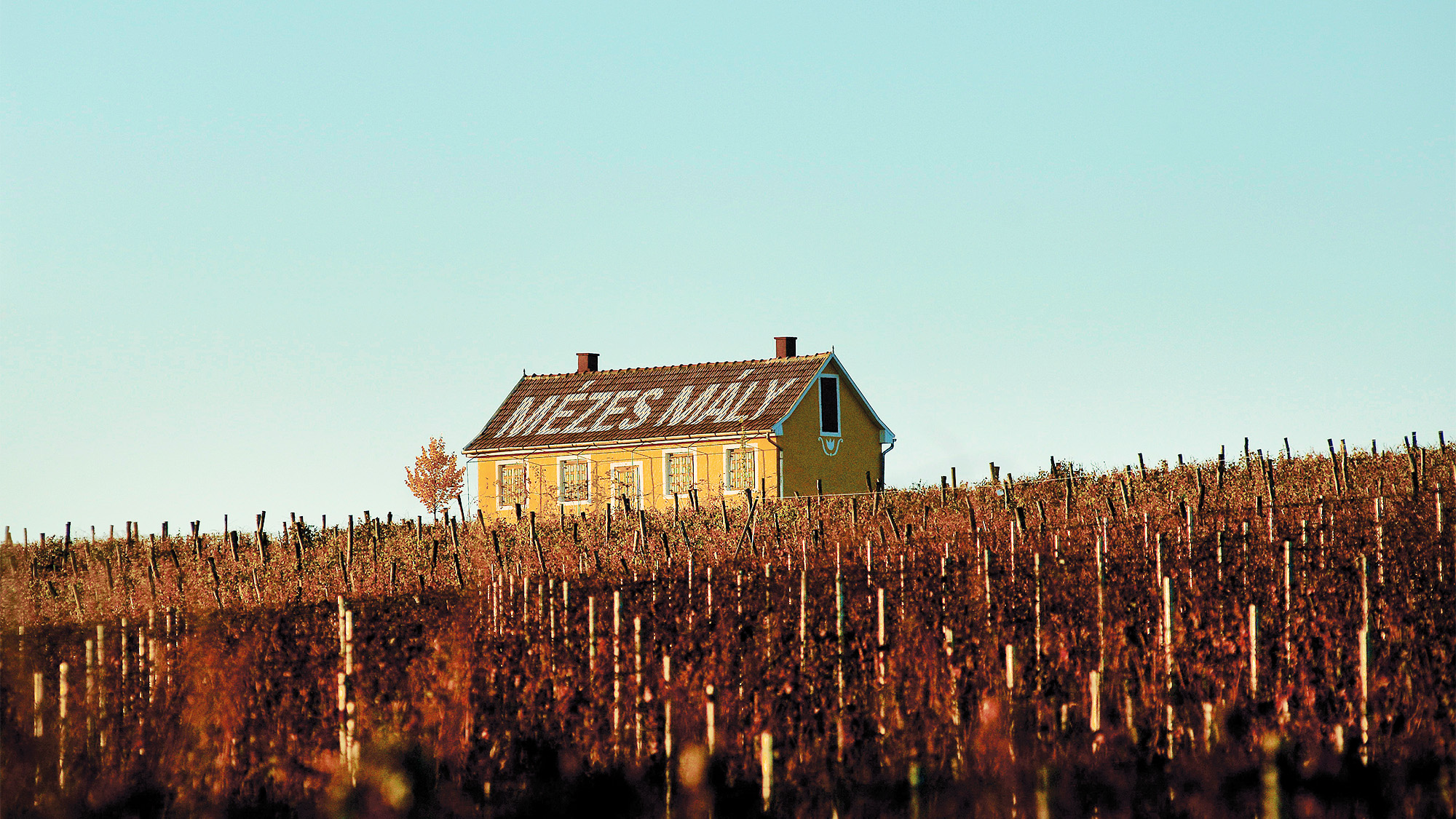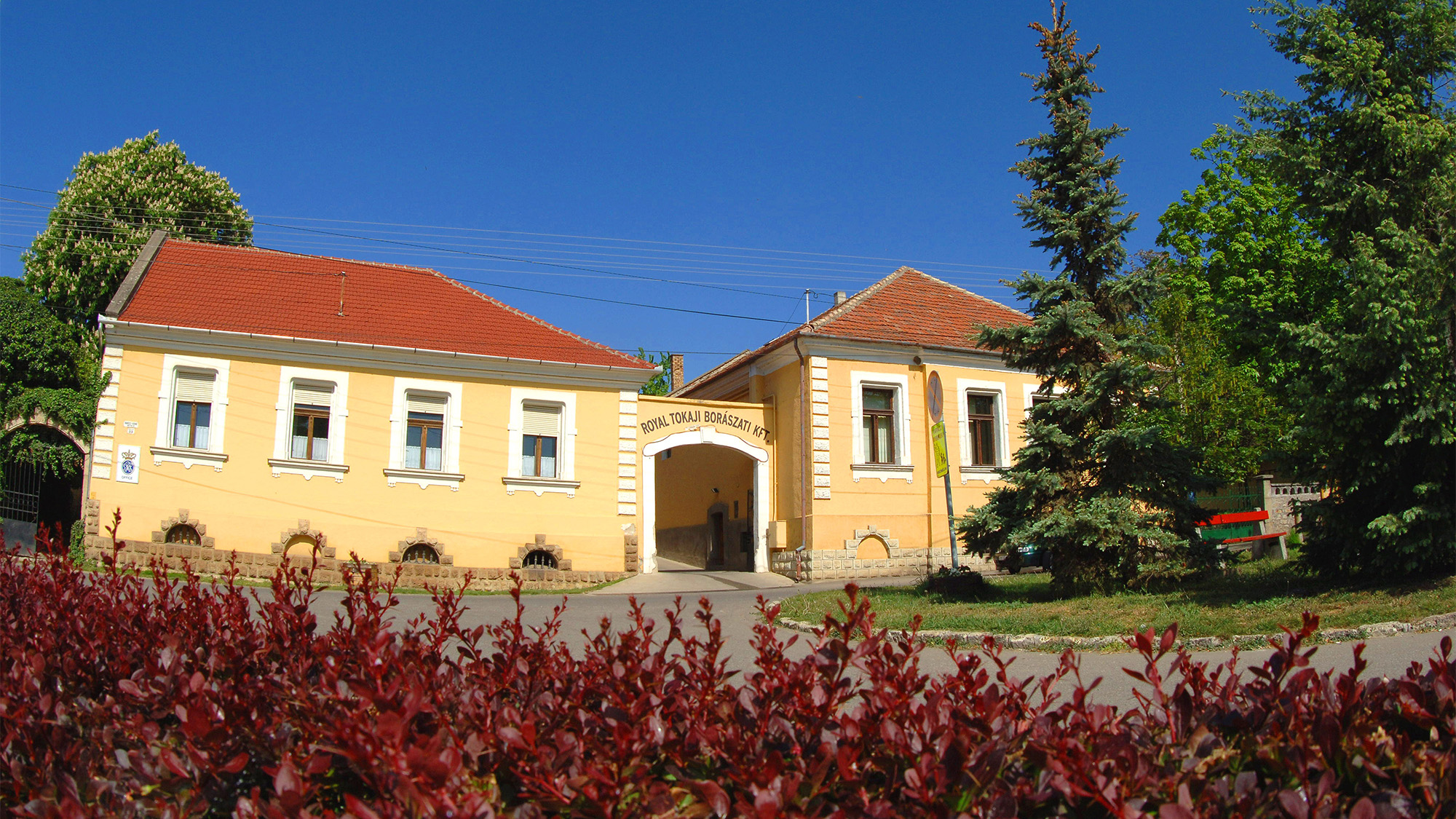Royal Tokaji
Tokaj, Hungary




Royal Tokaji was founded in 1990 by well-known author Hugh Johnson and a small group of investors who were inspired to restore and preserve Hungary’s precious wine legacy after the fall of Communism. Tokaji is the world’s original sweet white wine – the 'cult wine' of the 18th and 19th centuries – and the Tokaj wine region was the first to have classified vineyards.
Winery Story13 Results
Tokaj
Essencia Tokaji
Tokaj
Red Label 5 Puttonyos Tokaj
Tokaj
Late Harvest Tokaji
Tokaj
Dry Furmint Tokaji
Tokaj
Gold Label 6 Puttonyos Tokaji
Tokaj
Szt. Tamás 1st Growth 6 Puttonyos Tokaj
Tokaj
Betsek 1st Growth 6 Puttonyos Tokaji
Tokaj
Nyulászó 1st Growth 6 Puttonyos Tokaj
Tokaj
Vineyard Selection Dry Furmint Tokaji
Tokaj
Mézes Mály Great 1st Growth Dry Furmint Tokaji
Tokaj
Uragya Dry Furmint 1st Growth
Tokaj
Szt Tamás 1st Growth Dry Furmint Tokaji
Tokaj
Mézes Mály Great 1st Growth 6 Puttonyos Tokaji














